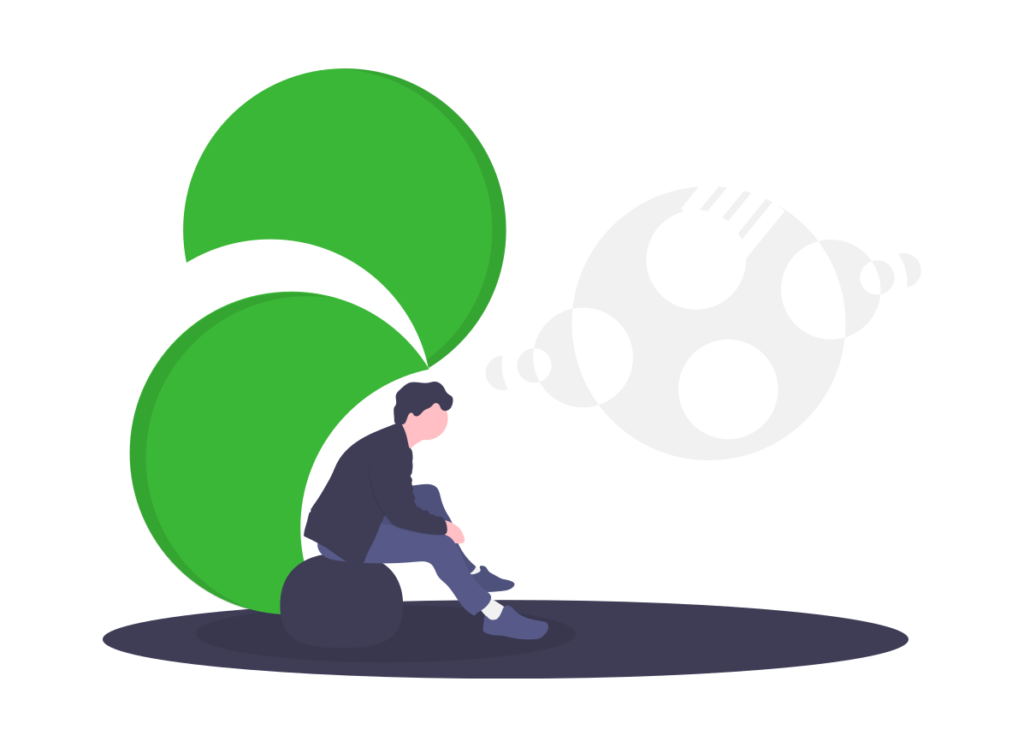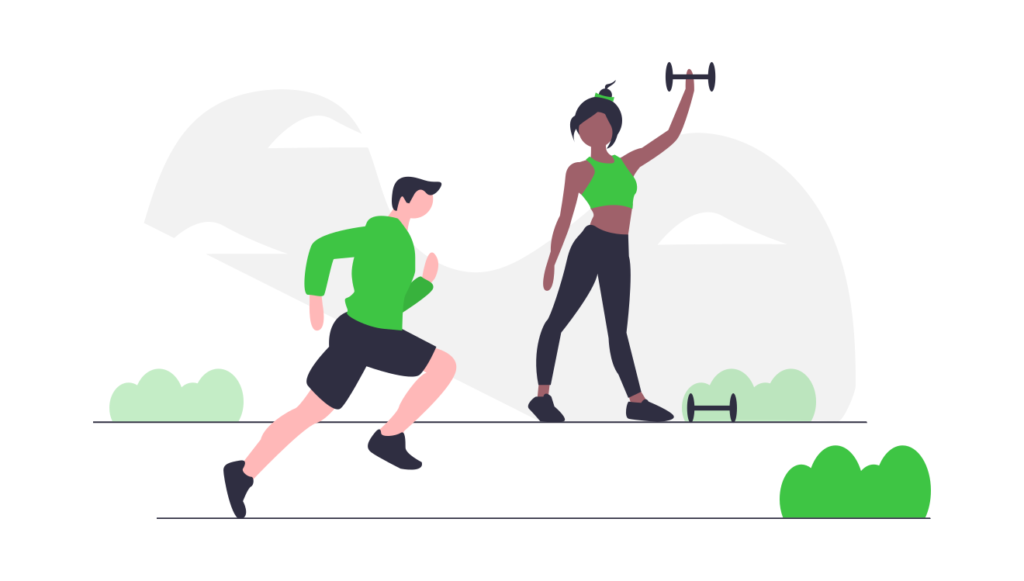If you’ve been on the internet longer than, let’s say, a couple of hours, then you’ll know it’s saturated with so-called self-help advice. Everybody wants to find that hidden gem, that top tip to transform your perspective and finally bring you the life you’ve been dreaming of.
What if we told you it’s easier than it sounds? Self-help isn’t about changing and shaping yourself into something based on what a stranger on the internet tells you, it’s about looking deep within, finding that inner sanctum and bringing it to the surface!
Nowadays, everyone is consumed by a desire to be unique and stand-out from the crowd – but if we’re all trying to stand-out, then nothing will change! Self-help isn’t about comparing yourself to those others in the crowd – think of your own growth relative to yourself. The only way to move forward is focus on what you can do for yourself.

Remember: you can’t help anyone else until you’ve helped yourself. That doesn’t mean: be selfish. It means you should evaluate your own growth – take a deeper look at where you’re at, why it makes you happy and why it doesn’t. Our aim is to find what causes that imbalance, to find out why you’re unsatisfied and help bring about a positive change.
So, here is some of the best self-help advice we can give you:
Focus on Yourself
The clue’s in the name: self-help.
In order to be satisfied with yourself, you have to know who you are and what you want. You have know what it takes to fulfil your own desire and make yourself feel good. You can’t find a remedy if you don’t know what ails you.
It’s also just much, much easier to fully accept, and be, yourself.
It’s a pretty common feeling to reach a certain age and look back on your life in a state of embarrassment. Remember your goth phase? Remember when you went all out to impress someone and failed? Compromising on who you are is part of the journey – but just be grateful to reach a point of self-reflection.
Having regrets is part of life – the important part is to take what you’ve experience, see what it teaches you about yourself and find the best way to be you.
Some Things Can’t Be Controlled
Maya Angelou once said: ‘You may not control all the events that happen to you, but you can decide not to be reduced by them’. In short, you can’t change your experiences, you can only change how you react to them. By expecting that you can control situations, you allow yourself to believe you have some kind of quantifiable power.
Let that feeling go. If you hold in your mind a belief that you can control situations, you allow yourself to suffer when you inevitably fail. Accept that you have no control – you’ll be much happier for it.
You’ll feel less concerned that opportunities slip through your fingers and you’ll be more grateful when you grab one.
Failure is Normal
Success without failure is a privilege experienced by few. Even then, it sours the taste. Without failure, success has no real meaning. If you don’t know what you have to lose in order to win, have you really won?
Okay, that does sound a bit dramatic. What we’re trying to say is that failure isn’t the end. Failure just teaches you what you could have done better next time. Learn from it. Grow from it. The next time you experience the same situation you’ll have that memory of failure to remind you why you keep going.
If you give up when you experience, you might never know what it feels like to succeed. Listen to any industry leader – whether that be a tech giant or a sportsperson at the top of their game – they’ll tell you just how much they had to fail in order to get it right. You’re only failing because you’re not winning – yet.
When you start to succeed, you’ll look back at those moments and be grateful for the experience.

Be Grateful For Your Achievements
In ‘The Art of Happiness’, a novel written by Howard C. Cutler detailing a series of conversations with the Dalai Lama, Cutler details a psychological study involving a number of lottery winners and cancer victims. In the study, both groups – the recent lottery winners and the recently diagnosed cancer patients – were interviewed to determine their levels of happiness. As you can imagine, the lottery winners scored a much higher value due to their newfound financial success, compared to the cancer patient’s life-changing diagnosis.
A year later, the same groups were interviewed again. It may not surprise you, but the cancer patients not only had the biggest change in mind-frame, they also far outscored the initial scores of the lottery winners. The lottery winners, on the other hand, went back below their initial rates and even found themselves more unhappy than they had been before they’d found financial success.
The cancer patients learnt to appreciate what their life was – by finding themselves they understood what it meant to be grateful for the opportunities they did have. The lottery winners, on the other hand, had a taste of a life that inevitably leads to dissatisfaction.
Don’t rue the opportunities you missed, be grateful for the ones you did get.
Do it For You
Every self-help journey is designed for one person: yourself. As well as knowing yourself, you’ve got to appreciate yourself, too. Any change you make should be for your own benefit – you’re not doing this for anyone else!
The only person you need to impress is the one you look at in the mirror. A big part of any self-help journey is realising that you don’t need to prove yourself to anyone. Your priority should be making the right decision for yourself – don’t change yourself to fit in with another’s perception of who you should be. Instead, strive to be the best version of yourself.
Keep This In Mind
The takeaway we want you to keep in mind here is to prioritise your self. By putting yourself first, you give yourself the opportunity to grow – that doesn’t mean you should start being selfish, just to learn what you need about yourself to move in a positive direction.
Don’t let the thoughts of others cloud how you feel about yourself – give yourself credit for the position you’re in now and be grateful for every opportunity you’ve been fortunate enough to receive.
Finally, failure isn’t a bad thing. It teaches us what we should do right next time.
If you need help with your mindfulness, or just want some extra advice, get in touch with our experts to see how we might be able to help you!



























